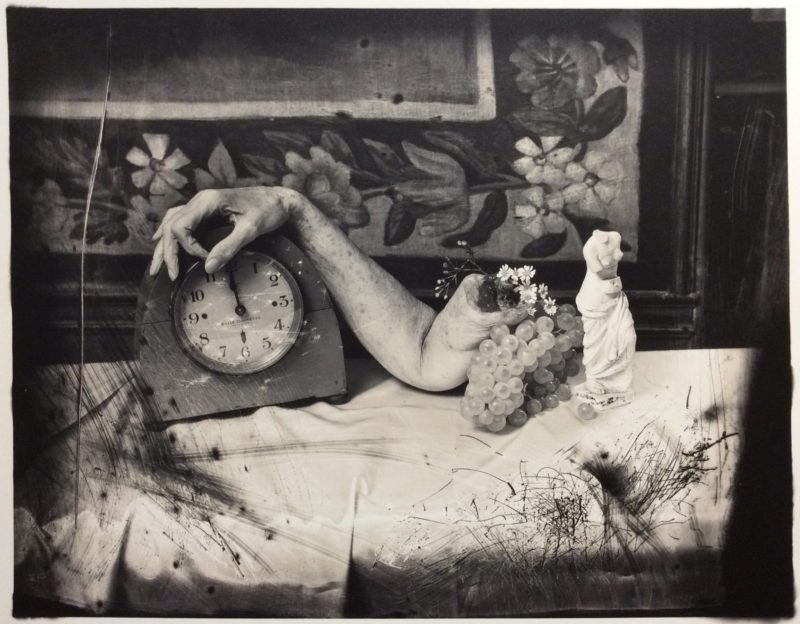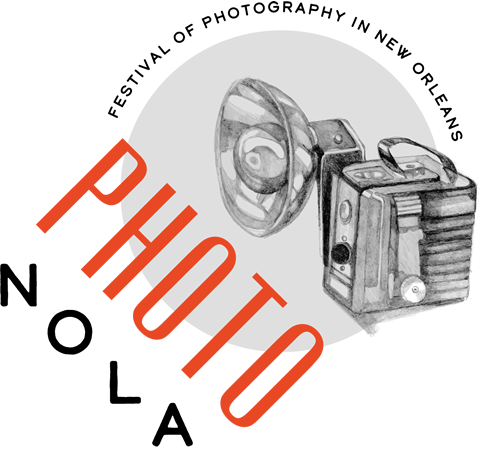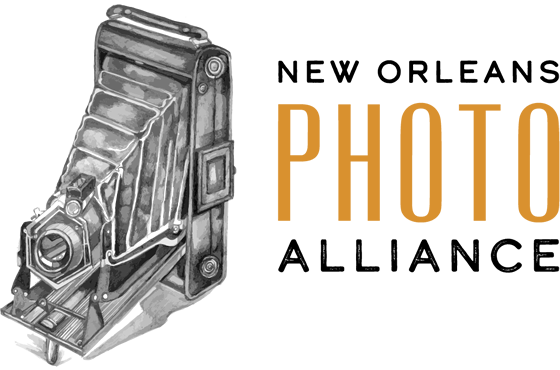
Anna Akhmatoua, Paris, France 1998
Joel-Peter Witkin Lecture
Sunday, Dec 11, 1pm
Free and open to the public
Joel-Peter Witkin is renowned as the creator of elaborately constructed and often erotically charged photographic tableaux exploring grand themes of religion, sex and mortality. Witkin has pursued complex issues of the human condition for more than 40 years, meticulously staging scenes that draw from a wealth of literary, art historical, and mythological sources.
Joel-Peter Witkin received a camera at the age of 15 after taking an introductory class in photography. After high school and jobs in New York color labs, he joined the military. Witkin studied at the Cooper Union School of Art and Architecture, where he earned his BA and the University of New Mexico, where he earned his MFA in 1986.
Witkin’s dark world view is expressed through painstakingly constructed photographs, alluding to the work of Henry Peach Robinson and Oscar Gustave Rejlander, who created the elaborately staged morality tale, The Two Ways of Life (1857). However, Witkin’s tableaux are dense with literary, art historical and religious references that pose moral challenges to the viewer. His images are inhabited by social outcasts, including dwarves, hermaphrodites, people with unusual physical capabilities or deformities, and mutilated corpses and amputated body parts from the dead, obtained from medical schools, insane asylums and morgues. The resulting photographs are simultaneously hauntingly beautiful and grotesque.
These images do not dwell in the modern world, but rather exist in a timeless place where the ages collide. Renaissance Madonnas and Venuses, Dutch still lifes, Mexican retablos, Caravaggio, William Blake, Courbet, Lucien Freud, Seurat, and Dali coexist in his photographs. Fragments of Etienne-Jules Marey’s nineteenth century motion studies and a nude study by French photographer Charles Nègre can also be found in his images. Witkin’s method of working harkens back to academically trained Renaissance painters. He carefully plans his tableaux, sketching their designs and arranging every detail before beginning work in the studio. These images must often be produced; and it is difficult to find models. Once in the studio, it can take up to two weeks to finish one photograph. He then reinvents it in his darkroom, where he makes the photograph into something virtually hand-made by scratching and even puncturing the negative. Printing is the final step in making the taboo and the grotesque seem sexually desirable and beautiful in Witkin’s world.
Joel-Peter Witkin’s photography has been featured in several monographs, including Joel-Peter Witkin, A Retrospective (1995); Harms Way (1994); Joel-Peter Witkin, Twelve Photographs in Gravure (1994) and Gods of Heaven and Earth (1989). His work is included in public collections such as The Museum of Modern Art, the Metropolitan Museum of Art, the J. Paul Getty Museum, The National Gallery, the Victoria and Albert Museum and the Centre Georges Pompidou. He is also the recipient of the Commandeur d’Ordre des Arts et des Lettres de France.





